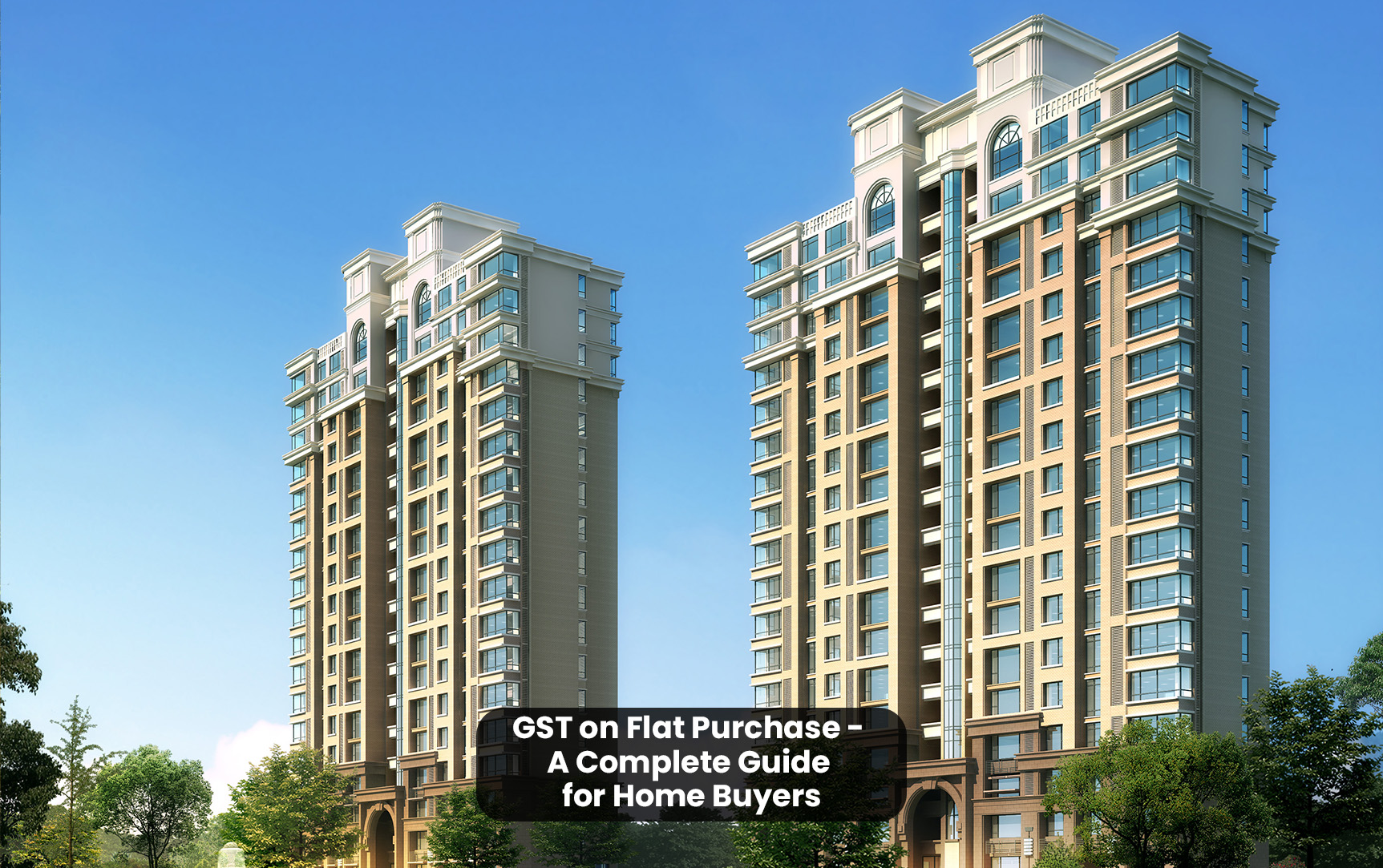
| Type of property | GST rate |
| GST on flat purchase – under construction (affordable housing) | 1% without Input Tax Credit (ITC) |
| GST on flat purchase – under construction (non-affordable housing) | 5% without Input Tax Credit (ITC) |
| GST on read-to-move flats | Nil |
| Luxury housing | Before April 1, 2019 | After April 1, 2019 |
| Property cost per sq ft | Rs 7,000 | Rs 7,000 |
| GST rate on flat purchase | 12% | 5% |
| GST | Rs 840 | Rs 350 |
| ITC benefit for the material cost of Rs 13,000 at an average of 15% | Rs 126 | Not applicable |
| Total | Rs 7,714 | Rs 7,350 |
| Income range | Income tax rate |
| Up to Rs. 2,50,000 | Nil |
| Rs. 2,50,001 to Rs. 5,00,000 | 5% of the total income which exceeds Rs. 2,50,000 |
| Rs. 5,00,001 to Rs. 10,00,000 | Rs. 12,500 + 20% on income exceeding Rs. 5,00,000 |
| Above Rs. 10,00,000 | Rs. 1,12,500 + 30% on income exceeding Rs. 10,00,000 |
| Income slab (in Rs.) | Income tax rate |
| Up to Rs. 3,00,000 | Nil |
| 3,00,001 to 5,00,000 | 5% of income over Rs. 3,00,000 |
| 5,00,001 to 10,00,000 | Rs. 10,000 + 20% of income exceeding Rs. 5,00,000 |
| Above 10,00,000 | Rs. 1,10,000 + 30% of income exceeding Rs. 10,00,000 |
| Income slab (in Rs.) | Income tax rate |
| Up to Rs. 5,00,000 | Nil |
| 5,00,001 to 10,00,000 | 20% of income over Rs. 5,00,000 |
| Above 10,00,000 | Rs. 1,00,000 + 30% of income over Rs. 10,00,000 |
Ashiana, Ashiana Housing build homes. Homes surrounded by vast green spaces and fresh breeze. Homes cocooned in secured gated complexes. Homes where futures are forged and there are opportunities to grow. And Homes in environments brimming with healthy activity, trust and respect. At heart, we build communities with care.
Other posts by Ashiana
Join 1000+ of fellow readers. Get expert real estate knowledge straight to your inbox absolutely free. Just enter your email address below.